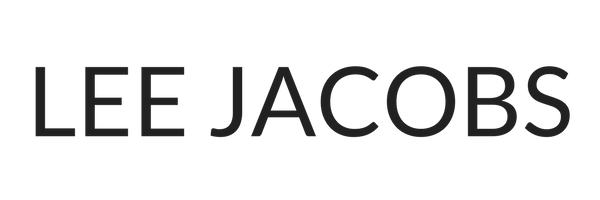When I first got into investing, I had capital, and a clear mission— help founders be the best versions of themselves because fully self-expressed entrepreneurs can have a tremendous positive impact on the world.
I have long known that I wanted to invest in early-stage companies, but one of the things I realized quickly was that I had no competitive advantage over other investors from a sourcing perspective. I hadn’t built a brand yet, so it was hard to convince people to take my money. I needed to find a unique value proposition.
In a previous post Investor-Strategy Fit With Lee Jacobs, we talked about investor-strategy fit, how there is no one-size fits all approach to investing and the importance of customizing your strategy based on who you are and how you want to operate in the world. In this post, we go one step further and talk about sourcing strategy and how one can stand out in the crowd.
1) Choose Your Approach
I tend to be very outbound focused for many reasons:
- I’m extroverted, I love in-person interaction and connecting to people. Thus:
- I have developed an extensive network of people to help me gather information and diligence and send it my way.
So, when I started going down to Brazil in 2011 on behalf of my startup, Colingo, I got introduced to the startup ecosystem by my very close friend Bedy Yang. Years later, when I started actively investing, I realized I could deliver value to the Brazilian startup ecosystem in a unique way:
- I had access to networks and expertise in Silicon Valley.
- I could make investment decisions quickly because I was more familiar than most Brazilian investors at the time with what early stage companies looked like.
As a consequence of my work in Brazil, I was able to invest in a company like Descomplica, which is now one of the largest Edtech companies in Latin America; millions of students in Brazil have watched their classes.
I have built up my reputation in early-stage investing; international sourcing opportunities is just one point of difference I have. However, from a sourcing perspective, investors need to figure out their unique strategy. Many people try different things, and you should design your sourcing strategy based on what makes sense for you.
If you are a hardcore technologist, and you have a strong point of view where AI is headed, your sourcing strategy is going to be different from mine. Your focus may be spending a ton of time reading academic papers and doing research, creating a clear thesis, and then either looking explicitly for those companies that fit your view.
In comparison, while I have a point of view on various spaces, I am more reactive. I try to keep a completely open mind to what’s possible. In my opinion, it is up to the founder to describe to me where the opportunity lies. I am not spending hours talking to customers and deeply living the problem that the entrepreneurs are trying to solve— it’s hard for me to have a particular opinion on the problem. However, I can have an opinion about the person describing the problem.
2) Stand Out in a Crowd
The way a founder describes an opportunity to me is the lense in which I evaluate their thinking, for example. In effect, the strategy that works well for me is akin to that of a talent scout— I find talented and passionate people and let them thrive. From a sourcing perspective, you have to figure out your unique angle and focus on that— that’s how you stand out in a crowd.
As I mentioned earlier in this post, I found a unique market opportunity in Brazil at the time (2010/2011); I had a network in Silicon Valley to help companies abroad. These ingredients led me to a strategy where I was able to meet the best entrepreneurs from Brazil.
Fast forward to 2015, I met Alessio, founder of Pipefy— word got around that I was a good person to meet in Silicon Valley if you are an entrepreneur coming from Brazil. As such, I was one of the first people Alessio met in the valley, and I was equipped with knowledge that other investors in the valley didn’t have (whom to trust, for example) and could make more informed decisions than most.
I often think how impressive it is that Alessio just showed up in Silicon Valley from Brazil’s 8th largest city without knowing anyone in SF (and few people in the U.S!), and is now on his path to building a multi-billion dollar company. I am lucky to have been a tiny part of Alessio transitioning the business to a global Silicon Valley company and helping him recruit great partners like Dan Scholnick (Trinity) and Dan Deemer (Openview Venture Partners).
In Summary
Similar to how your investment strategy should be unique and tied to who you are as an individual, and how you want to operate in the world— your sourcing strategy should be unique and tied to your uniqueness. There is no one size fits all.
Lee Jacobs
crunchbase.com/person/lee-jacobs
linkedin.com/in/lee-jacobs

